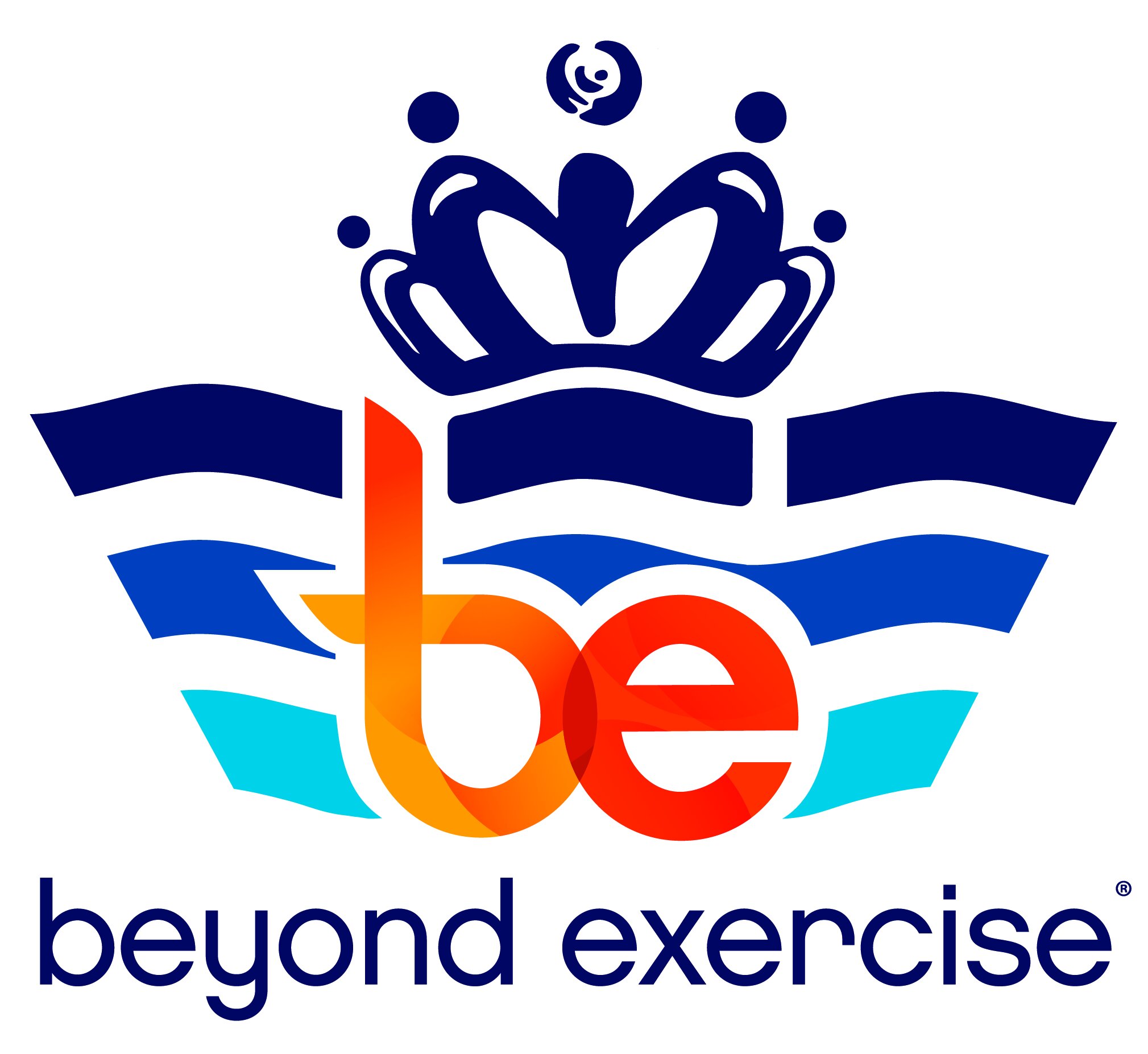Running Form
Just like any other athletic skill, there is an optimal way in which people can run in order to place less stress on the body and make you more efficient.
5 Key Characteristics For Optimal Running Form
Why you do it: To move your body in a coordinated and symmetrical way that allows you to engage the correct muscles in the correct sequence while placing less work and stress to the rest of the body. This will equate to improved running economy and improved performance.
Summary of 5 Key Characteristics
Neutral spine
Elbows flexed between 60-70 degrees
Forward lean at the ankles
Pull from the hip to initiate the forward swing of your leg
Push from the hip to initiate the return of your foot back to the ground
Running Drills
Why you do it: Running drills help to combine the 5 key traits into a functional movement pattern that will allow you to re-train your neuromuscular system to automatically display these traits. In addition to practicing our 5 key running traits with these drills, you will also work to improve your running cadence (steps per minute) if you’re not already in the ideal range of 170-180 steps/minute. We encourage using a metronome to train yourself to optimize your running cadence. Why is cadence important?
Step 1: Determine your current running cadence. To determine your cadence, count your steps while running for 30 seconds and multiply that number by 2. For example: You count 80 steps/min for 30 seconds. 80 x 2 = 160. Your cadence is 160 steps/minute. Many fitness watches track cadence as well.
Step 2: Determine a cadence in which to practice your running drills. Do this by setting a metronome (we use the ‘Pulse’ app on a smart phone; free to download) to a beat that is 5-10% faster than your current running cadence. Add 5-10% more to your current cadence number, and the resultant number will be your goal cadence. For example: Your current cadence is 160 steps/minute. Multiply 160 x 5% = 8. Your new goal for cadence is 160 + 8 = 168 steps/minute. Set your metronome to 168 and practice your drills at this cadence.
Step 3: We recommended that you follow-up your drills with a 1-mile run on either a treadmill or a flat, quiet running route with limited stops. This will allow you to incorporate your new cadence and technique into real running.
Perform each drill for for 5-10 second intervals as long as you can maintain good form while following the cadence of your metronome. Perform 3-5 sets of each drill.
You can perform these drills 5-6 days per week, ideally as a warm-up on your running days.
Tips For Applying Run Form Changes To Your Running Program
Don’t immediately apply these run form changes with all of your training runs. Your body’s connective tissues (bone, muscle, tendon, ligament) require time to adapt to the new ways in which they are being loaded and stressed with your new running technique. Although these changes will ultimately lead to a more efficient running style, it doesn’t mean that your body can’t react negatively to the changes. Just as in anything, moderation is key.
Do sprinkle in these technique changes into your training runs. Our recommended strategy is to try these form changes at intermittent moments during your regular training runs. One specific strategy is a 4:1 ratio--ie. run four minutes with your normal run technique followed by running one minute with the new form changes.
Don’t worry about executing all five of the key traits if it is too overwhelming to apply all of them at once.
Do work on one or two key traits per run session to make it more manageable.
Don’t fret if you cannot coordinate the movements. Making changes to complex movement patterns is like applying paint to a wall. When painting, you need to apply a coat of paint and allow it to dry before applying another one in order to achieve the desired result. Think of these form adjustments as “painting” different movements onto your body. They need time to “dry” before applying more cues.
Do seek help in getting one-on-one coaching if you’re not sure if you are cuing yourself or performing the drills properly.
Don’t think you are above making changes to your running form.
Do embrace change as a way to improve your efficiency, running resilience, or performance. BE worked with a 4-time Flying Pig winner who had never been coached on running form. After addressing her deficiencies and improving her mobility and strength she went on to win her 5th Flying Pig (half-marathon); PR her 5k, half-marathon, and marathon; and qualify and race in the US Olympic Trials Marathon in 2016 within a year of starting her work with BE.
**disclaimer: these are general tips. If you would like more specific coaching on running form we encourage you to make an appointment with one of our specialists.
Want even more information to help you become a better runner? Check out The Runner’s Corral for tons of free content about training, injury prevention, and performance!
